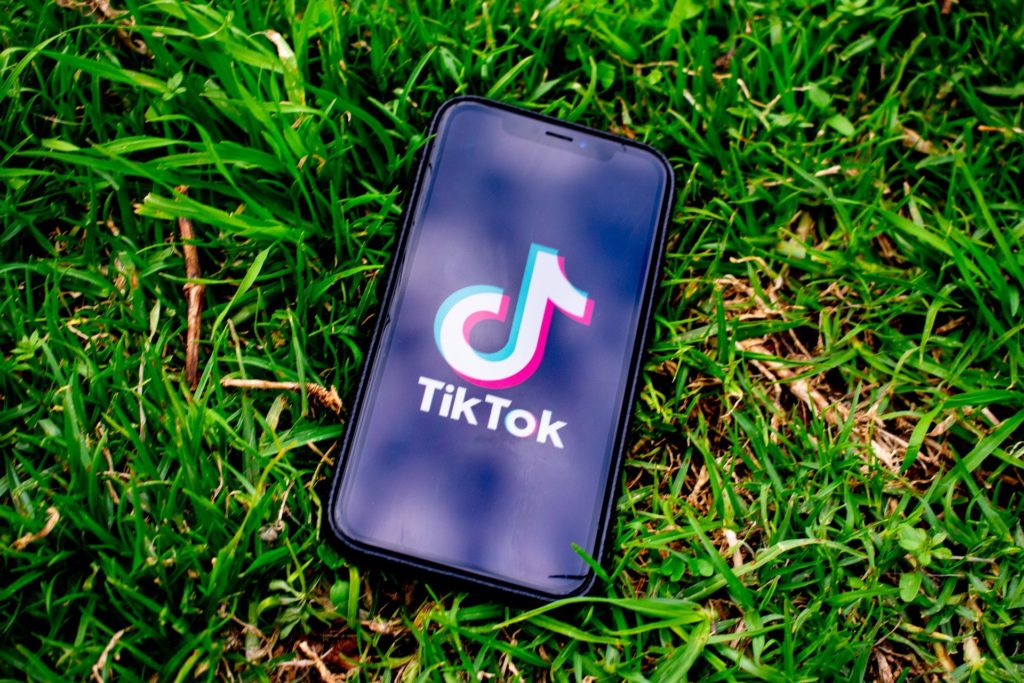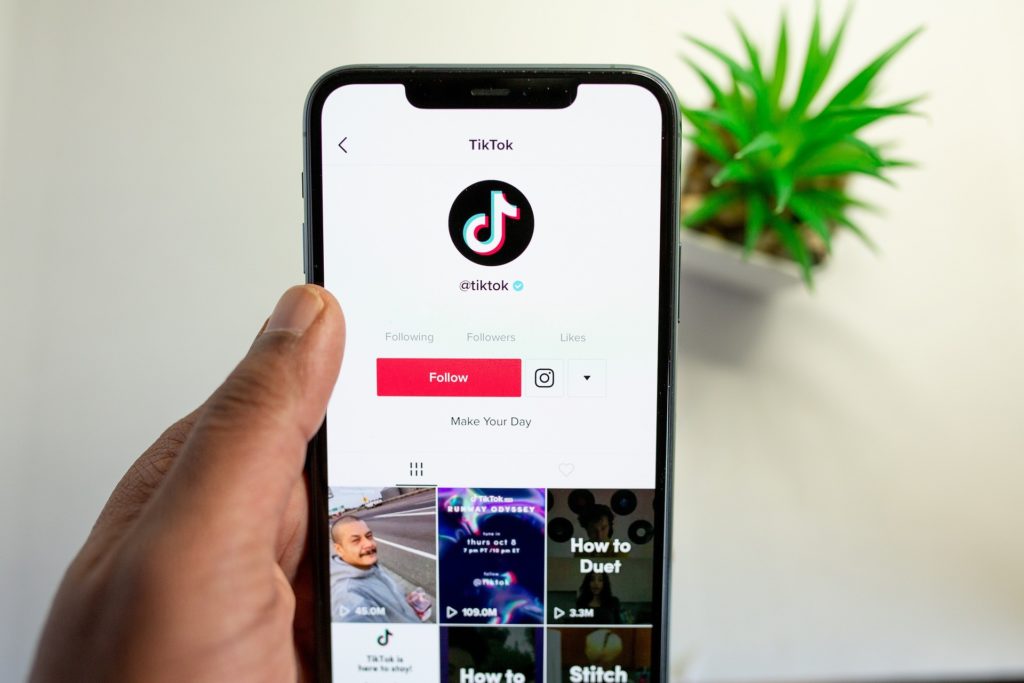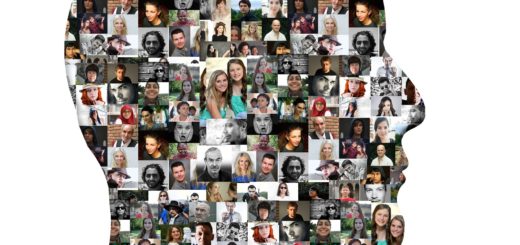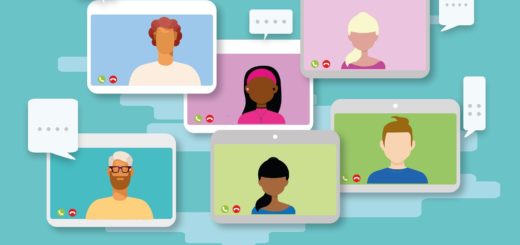The Unexpected Social Benefits of TikTok – Part 1

TikTok is one of the newer social media sites that has grown in popularity in recent years, and saw a notable boom in use during the coronavirus pandemic because people had extra free time and sought novel forms of entertainment. While many people see TikTok as an app for teens, a meaningless waste of time or a silly social network used just for fun and distraction, in my perspective TikTok has become one of the most meaningful social media sites in terms of its impact on society. In this blog post I will explain some of the unexpected and under-discussed benefits of TikTok which have broader and more profound implications than most people might think. This post will be the first of 3 as there is much to say on the subject.
First, let me give a brief explanation of what TikTok is for those who are not familiar (if you are familiar, you can just skip to point 1). TikTok is an interactive video platform for short videos (up to 3 minutes long in most cases). The main feature of the app is the feed which is divided into two parts – The “Following” section which shows you videos only from people you are already following, and the “For You Page,” usually called the FYP. The FYP is where the magic happens. The FYP is a constant, never-ending stream of videos that you flip through vertically. Once you watch a video on the FYP, you never see that video again unless you decide to save it. Therefore, you always see fresh content on your feed.
You may be asking yourself – well, how are these videos selected? Who or what chooses what videos I will see out of the millions that are created by users? The answer is in the name itself: For You Page. TikTok’s AI/machine learning algorithm keeps track of the videos that you like and comment on, which accounts you follow, how long you watch a certain video for, and how much you interact with different kinds of content, in order to learn what you are interested in and customize your feed for you. Based on the collected data, it selects videos that fit the characteristics of content you usually engage with in the hopes that you will watch and engage with these new videos too. For example, if you tend to like or comment on cat videos and motorcycle videos, you will see more cat and motorcycle content. Apart from that primary modus operandi, there are some videos that are shown to most users regardless of their usual interests, because these videos are so popular that they transcend specific likes or preferences. These videos are usually very funny videos or videos of beautiful people or places, highly relevant social commentary, cute animals, etc. In other words, things that people in general tend to like. And correspondingly, they usually have millions of likes, shares and views.

One of the most unique and important features of TikTok is how it allows users to react to/comment on the videos of others through what they call Stitches and Duets. When you “stitch” or “duet” another person’s video, it means that the person’s video and your own will be merged in such a way so that people can see part of their content and then how you react to it. This feature is key to many of TikTok’s unique benefits that I will discuss below. Another interactive feature is that users can select a comment on one of their videos and then create a video response to it with the comment featured in the upper corner so people can see what the new video is responding to. Such interactive features make TikTok fertile soil for important and timely conversations – one of its greatest strengths.
So let’s talk about the meaningful effects that these features have and their positive social impacts.
Disclaimer: My impressions of TikTok have largely been formulated based off of my own FYP, which as explained, is uniquely customized to what I like to see. Therefore, many readers may have a different TikTok experience if their FYPs look significantly different from mine. However, I believe most people will have at least some experience with the concepts I talk about below.
1. A New Kind of Friend Group
I too was one of the many people who logged on to TikTok for the first time during lockdown. I was unable to meet with friends or have experiences so TikTok became a fun way to spend the newly free time. Prior to that I didn’t understand the appeal of watching strangers do silly things on camera and I too thought it was mostly a dancing app for teens. But I quickly learned why the app was so appealing to so many people, especially during quarantine. Scrolling through TikTok, commenting on posts, reacting to trending videos along with thousands of other people, having conversations in comment sections, etc. feels like a digital version of what it’s like to spend time with friends in the real world. In a way, TikTok does a good job of filling the hole that lockdown created – bringing you “face-to-face” with people from all around the world who are experiencing and reacting to the same things as you, and giving you the opportunity to speak with those people, gossip, make friends, have arguments, even flirt, process trauma, make life decisions, and more. In a way, TikTok is a huge, global community of friends who have never met. It’s like a global online high school.

The same kinds of social experiences that we crave in the real world – getting support during hard times, bonding over shared interests, interacting with crushes, gaining popularity – have some kind of TikTok equivalent which somewhat supplements what we lack in our real lives. People post videos talking about painful or unpleasant experiences and others comfort them, offer support and share their own similar experiences. Creators have arguments and the commentators take sides, entering into conversations about who was wrong and who was right and explaining why they think so. People post gossip or jokes and viewers chat about it in the comments, adding on to them. People “Stitch” the video of someone they think is attractive and show interest, then that person comments a flirtatious joke or emoji if they are on the same wavelength. And so on.
Additionally, when you see a particular creator’s videos often (because you like and comment on them, thus showing the algorithm that you are interested in their content), you might eventually follow that creator, maybe they follow you back, and friendships are formed. Video creators who have an active community often do “lives” which are real-time video streams where people can tune in and comment as it’s happening, creating a group chat much like a real life hangout and making it very possible to interact with interesting people across the world that you would never otherwise have met. Certain video creators become “class clowns” or “the popular kids” or “troublemakers” or “the interesting weird kid” in the TikTok community, taking on roles that are common in other social settings such as high school, university or the office. In these ways, the fabric of a dynamic, interactive community, much like real life communities, is unexpectedly woven. For those who do not have a community in their real lives for whatever reason, as many unfortunately don’t, this virtual community can become especially precious. Humans are social creatures and social interactions are incredibly important for our happiness and well-being. TikTok offers a version of this to everybody.
2. Showing Us We Are Much the Same
A comment I have seen several times under TikTok videos is “TikTok has shown me that I’ve never had a unique experience in my life.” Although this is exaggerated for humor, it communicates something very important about the platform and what it manages to achieve. Many of the videos on TikTok are about people’s everyday experiences, thoughts, opinions and social interactions. People share about their days or about their doubts, insecurities, quirks, mistakes they’ve made, misconceptions they’ve had, reactions to events, etc. As mundane as this kind of content may sound, it’s very popular on the platform because people relate to it and humans love to know that we are not alone in our experiences. This kind of content shows us, on a large scale, how similar we all actually are to each other. Regardless of our nationality, religion, socioeconomic status, political beliefs, etc. we have largely the same experiences, reactions, feelings, thoughts, doubts, desires, fears, inside jokes, etc., more so than we ever realized before.

Although we’ve said “people are all the same” for a while now, it has been a fairly abstract concept since this is something very hard to truly confirm if you don’t know people from all around the world, which few of us do. But TikTok makes this concept very real. It shows us that people around the world are actually very similar to us. A video by an Indonesian or Japanese creator about an awkward moment at school will get millions of likes and spread to the FYP of users in France, the US, etc. because everyone can relate to it independently of their nationality. A rant about an injustice by a waitress in California will similarly spread around the world because millions agree that what occurred was unfair and her position resonates with people from all backgrounds. We are all human and the fundamental human experience is similar regardless of the details such as who you are or where you come from. This lesson is incredibly important in helping our global community connect, understand each other and develop empathy for our neighbors. It teaches us that we are not strange, especially unique, or alone – we are all members of the human family and more similar to each other than we may have once believed. We are all on the same team.
These are some of the ways that TikTok has benefited the global community. Check out parts 2 and 3 to read about further ways!




Recent Comments